By Tess Gerritsen
Tess Gerritsen is a Phi Beta Kappa graduate of Stanford University. Tess went on to medical school at the University of California, San Francisco, and was awarded her M.D. in 1979. After completing her internal medicine residency, she worked as a physician in Honolulu, Hawaii. In 1987, Tess's first novel was published. CALL AFTER MIDNIGHT, a romantic thriller, was soon followed by eight more romantic suspense novels. She also wrote a screenplay, "Adrift," which aired as a 1993 CBS Movie of the Week starring Kate Jackson. Her thriller, Harvest was released in 1996, and marked Tess's debut on the NEW YORK TIMES bestseller list. Film rights were sold to Paramount/Dreamworks, and the book was translated into twenty foreign languages. Now retired from medicine, Tess writes full time and lives in Maine.
(Reprinted with permission)
I’m probably going to hear from someone wiser than I am that I shouldn’t be talking about this, but I can’t help myself. I’m fascinated by the dollars-and-cents side of publishing. So let’s talk about the price of promotion. Specifically, how much it costs to promote a blockbuster book.
Most of you writers know what the usual self-promotion strategies will cost when you shell out for everything yourself. You know what it’ll cost you for printed bookmarks and the author website and maybe, if you’ve got the energy, the drive-yourself-and-eat-at-McDonald’s book tour. But do you ever wonder what it costs a publisher to promote the really big books? Do you ever wonder what a publisher’s announced ”$250,000 marketing budget!” actually does for a book’s sales?
First, let’s talk about what you might spend that much money on. Let’s start with ads.
A full-page, color ad in the NYT Book Review will run you around $30,000. Since the Book Review comes out only once a week, this ad will, theoretically, get you some prolonged exposure. But not everyone reads the NYTBR; they just focus on the rest of the Sunday paper. And there are some areas of the country where people don’t read the New York Times at all.
A full-page, color ad in the NYT daily newspaper will cost you even more — $50,000 or so. But it has a huge visual impact if it’s on the back page of, say, the arts section. While you sit on the train reading your newspaper, the passenger across from you is going to be staring at the ad on the back of that page.
Then there’s a whole host of other publications you can choose to advertise in. USA Today features book reviews in its Thursday edition, and it’s a popular place to advertise because it has nation-wide circulation and the newspaper is read by just about every traveling businessman who happens to be on the road that day. The other national newspaper that seems like a good place to advertise is the weekend edition of the Wall Street Journal. It has a huge circulation. It goes to high-income households, right? It’s a way to catch the attention of those elusive male readers, right? So why does the WSJ carry so few book ads?
Because the price of their ad space will take your breath away. Last year I called to find out what a modest little ad in the WSJ would cost. I can’t tell you the exact amount, because I was so stunned I must have blocked it from my memory. All I can tell you is that it makes a NYT ad sound like a bargain basement deal.
So you can see how you can easily blow a hundred grand or more, just paying for ads in major newspapers. But do they actually sell books?
Most publishers will say that the cost of the ad isn’t justified by the number of sales the ad generates. I believe them. Still it’s true that an ad DOES cause a bump in sales. I watch my Amazon numbers whenever an ad runs, and I can see the effect on my sales ranking. But the effect is very short-lived — only a day or two. So no, I don’t think paying fifty thousand for an ad results in fifty thousand dollars’ worth of book sales.
What a big ad does do, however, is give a signal to booksellers that this is a major book. It tells them that if they didn’t bring in many copies, they’d better get on the phone and order some more. It tells those in the publishing and reviewing industry that this is a book they should pay attention to.
And it makes the author and agent very happy. I mean, let’s admit it– one’s vanity MUST be stroked.
If you want to blow a lot of money fast, try TV advertising. You’ll get lots of splash, will catch the attention of lots of eyes on the ad, but it’s also very ephemeral. Thirty seconds and poof — it’s gone. And because of the price of TV, chances are, you’ll only buy into limited markets. Channels that cater to women viewers for instance, like Oxygen and Lifetime. Or in certain regions of the country.
Again, the question must be asked: does it sell books? I don’t know the answer to this one. But there’s no mistaking the impact it makes on booksellers and others within the industry, as far as getting attention for your book.
I’m leaving out all the other fun and different ways to advertise, such as magazines, transit ads, radio spots, airplane tow-ropes, etc. Because no one really knows how well any single one of them works to sell a particular book.
But they’re all valuable in one regard: they get your name out there. Even if consumers aren’t actively paying attention, your name will become embedded in their subconscious.
I was once in a bookstore where I saw a woman eyeing the paperback rack. My book, BODY DOUBLE, was there. When she picked it up and looked it over, I couldn’t help asking her, “have you heard of that author?”
“I’ve never read anything by her,” she said. “But you know, I’ve heard her name about three times in the past month. So I guess I should buy this.”
Then she told me that “three times” is her rule of thumb. That’s how many times she needs to hear about a product before she’ll try it out.
So it may be that ads are effective in ways that aren’t immediately measurable.
Free publicity is what DOES work. Feature news articles, for example. Interviews on TV and the radio. Stories ABOUT your story.
And that’s where publicists and book tours come in. Publishers don’t send an author on the road so that she can sit forlornly in some half-empty bookstore and sell two copies of her book. She’s on the road so that the local newspaper will run a feature, and the local radio station will invite her to talk up her book. She’s there to get FREE PUBLICITY. And if her subject matter is unique and interesting (not just another ho-hum serial killer story) she’ll get the media’s attention. Since VANISH is about a corpse who wakes up in the morgue, when I went on tour, I brought along a whole file of real-life examples of awakening corpses, which I’d gathered from national news sources. (One of the reasons I subscribe to Lexis-Nexis is that it makes newswire searches so easy.)
This fall, when I go on tour for MEPHISTO CLUB, I’ll be ready to talk about the Nephilim, an evil bloodline mentioned in ancient and Biblical texts. (see the historical background for MEPHISTO CLUB.) The fact I’ve written a crime thriller won’t interest the media. What will interest them, however, is the fact there’s a whole community of conspiracy theorists out there who believe that Nephilim have hijacked the leadership of the world in order to foment wars and bring on
Armageddon.
In order to snag the media’s attention, though, reporters have to know about your book. So some of those marketing dollars go toward printing up galleys, assembling press kits, and mailing them to reporters. Most of the time, these efforts are done in-house by the publisher. But occasionally, with a special book, the publisher (or the author herself) will bring in an outside publicist to help with the effort.
How much does a private publicist cost? There’s a huge range of prices here. I’ve heard of publicists who charge only a few thousand dollars. The big names, however, will charge upwards of $20,000 for a national effort. Then there are others who will charge you by the region — $2,000 to publicize you in the San Diego market, for instance, or $3,000 for the Los Angeles market.
Along with the cost of a publicist is the cost of the book tour. Which means hotels (usually very nice ones!) and media escorts and airfare. Most authors fly coach, but because travel itineraries can change on a dime, the airline tickets must be flexible (meaning expensive.)
Finally, there’s the price of co-op. This is the money publishers pay to major booksellers for front-of-store display and in-store promotions. I haven’t been able to find out what it costs, but I’ve been assured that it’s “very expensive.” (And I wish someone who knows will email me with the numbers. I promise to keep it secret!) Co-op is the one thing that WILL increase sales of a book. A book on the front table in Barnes and Noble will immediately catch the eye of the consumer. Once the book is moved to the back of the store, its sales drop drastically.
I know. I’ve compared the sales figures on my own books, both on and off co-op.
The real problem is that you can’t just throw money at the chains and expect to get that front table; Barnes and Noble has to AGREE that your book should be on co-op. The space on that front table is limited, and only a select few titles are deemed worthy of it.
And only the rare title gets to purchase the best space of all: the Barnes and Noble stepladder.
For years, my books have hit bestseller lists, but I can’t get more than two weeks on the front table, even though my publisher is willing to pay for it. And the stepladder remains an impossible dream for me.
So, what’s the best spending strategy for a marketing campaign?
If I were a publisher, here’s where I’d put my money, in order of priority:
First: galleys, press kits, and mailings to the media. This can be done most cheaply in-house. (Ths is one of the things an author can do herself if she finds herself without publisher back-up.)
Second: bookstore co-op. If the book’s not at the front of the store and easily spotted, it’s not going to sell. The publisher should try to get as many weeks as possible on that front table.
Third: Book tour. You’ve got the author working for free as a traveling salesperson. If she’s media-genic and has a good story to tell, the publicity will come.
Fourth: hire an outside publicist. Yes, there are some things a well-regarded private publicist can do that an in-house publicist can’t. The private PR person often has special contacts within the media. Also, when a journalist gets a press kit from a nationally known publicity firm, he knows that this must be an important book, and will take a closer look at it.
Fifth: Newspaper ads. I’d start with USA Today. If the budget can absorb it, then also ads in the NYT Book Review or the NYT daily. You can back this up with additional ads in magazines such as People or Entertainment Weekly. Or in a fanzine like Romantic Times, which offers quite reasonable ad prices.
Sixth: If you’re really serious about promoting this book, there’s always TV.
(I haven’t mentioned online promotions here, because I’m not certain about their effectiveness. Also notice that I didn’t mention an author website; I just ASSUME that an author will take care of that absolutely essential promotional tool herself!)
Unfortunately, even a million-dollar promotional budget won’t ensure that a book will hit bestseller lists. Sometimes, the book’s just a dog. There are plenty of examples of publishers who’ve thrown fortunes behind a new author, only to get back 80% returns. But that’s the business. There are no guarantees.
Monday, July 31, 2006
Home »
» Major Marketing Campaign: Where Does the Money Go?
Major Marketing Campaign: Where Does the Money Go?
Monday, July 31, 2006
5 comments




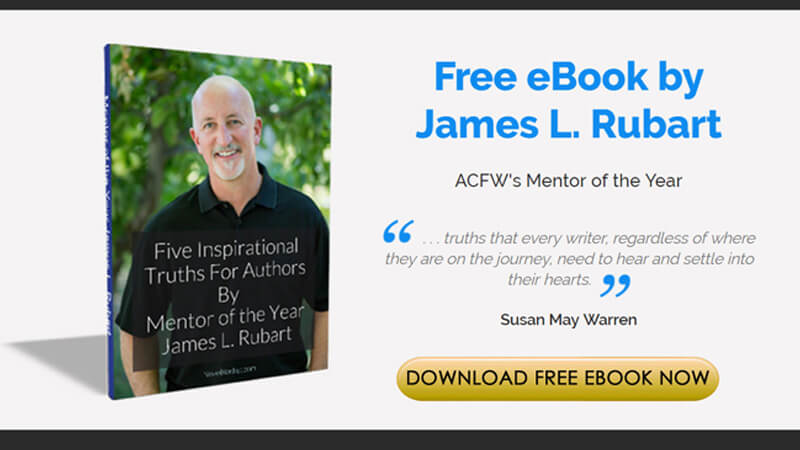
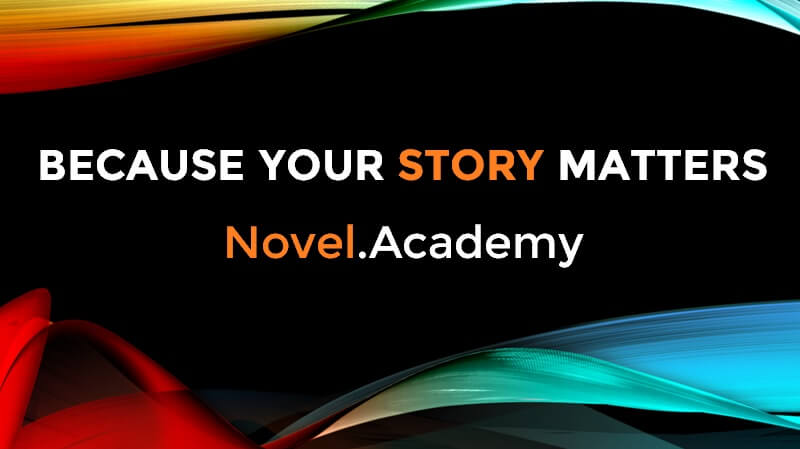
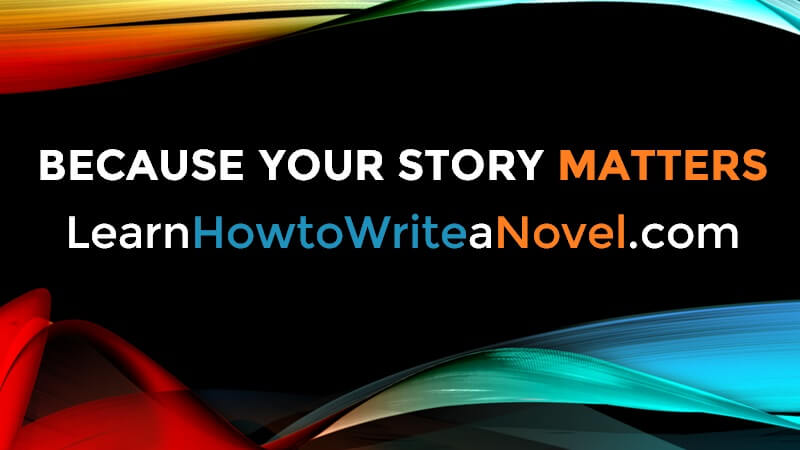
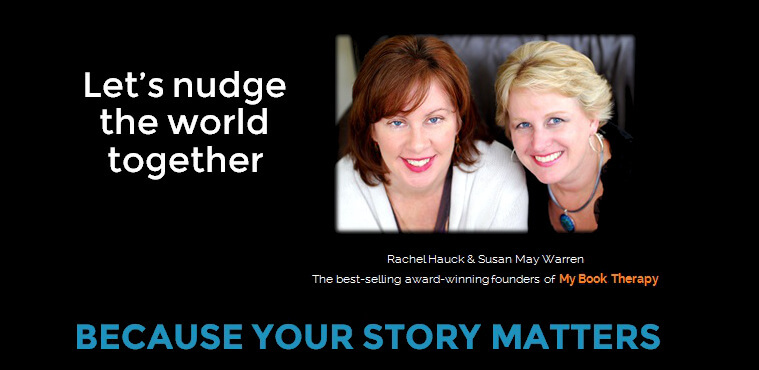
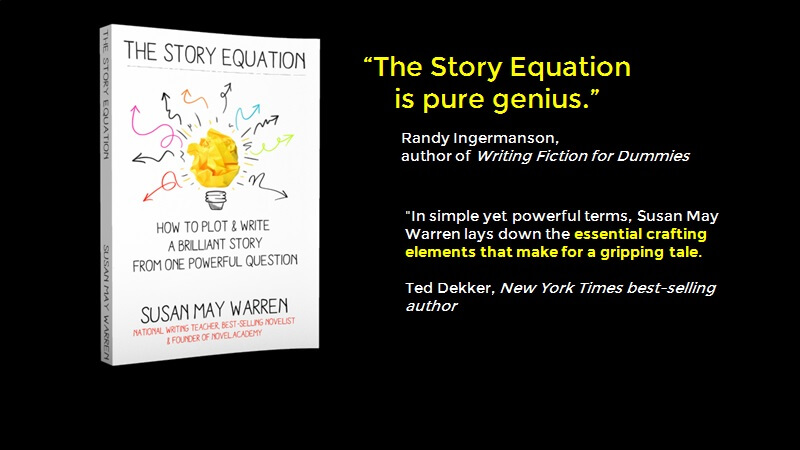
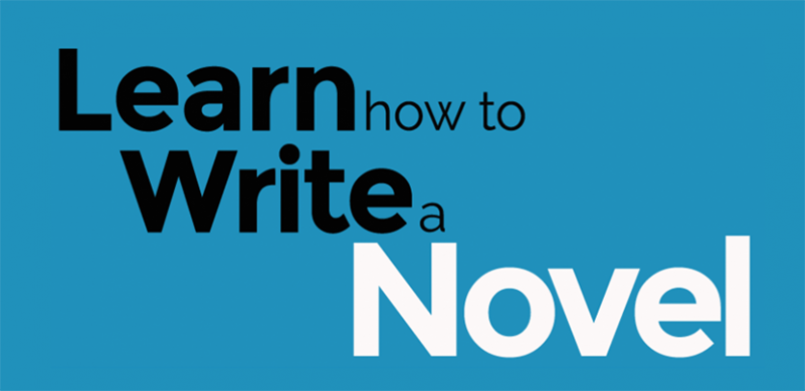






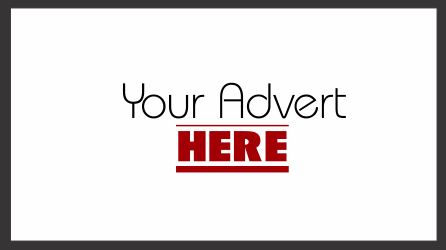






LANDON SNOW
ReplyDeleteLANDON SNOW
LANDON SNOW
I'm just testing the "three times" thingy.
Tess wrote: "Then she told me that 'three times' is her rule of thumb. That’s how many times she needs to hear about a product before she’ll try it out."
Seriously, this is very interesting stuff. It's fun to hear a (non-CBA) bestselling author's take on promotion. The prices for ads--yikes! I'll stick with my 3x chant. (Speaking of 3's...the third Landon Snow title will be released in October. 3rd time's a charm...)
This is a great article. Thanks for running it for us.
ReplyDeleteThanks for the article! I'm e-mailing some friends who need to see this. Great information!
ReplyDeleteGood article, Gina. A coup, getting the right to reprint.
ReplyDeleteAs an unpublished author, I'll say that I learned a lot. Thanks for sharing.
ReplyDeleteAs a reader, I'll say that authors absolutely should believe in the power of the Internet. I've read a number of authors this year alone that I would not have read, much less known their names, had I not been introduced to them via the Internet. The ways that have gotten my attention? Author websites of course, especially those that are well crafted and offer useful tips for aspiring writers or contests, but I've found that the more interactive methods work even better: blogging, online writer's groups, and reader communities, especially those that send out monthly or weekly newsletters with book excerpts. When I have a chance to "meet" the author and preview a new release, I'm more inclined to seek out his or her booklist.
Sometimes I come across a book first and happen across the author second. Nice to be able to say, "I enjoyed your book" or get a chance to ask questions.
Just this past weekend, I found myself browsing books and picking up those of authors I would never have touched previously, save for an Internet connection. Since my book dollars are hard earned and carefully spent, the "relationship" fostered through cyberspace makes a difference.